Corporate Video Production Melbourne | Dream Engine | Australia
The corporate video production company for communication and marketing departments in Melbourne.
Colour Grading for video production
Let’s talk Colour Grading…
Colour grading and correction is an important step in editing your video. Find out how to use colour to your advantage.
The role of colour
Colour plays an important role in creating a video. It can help to establish the mood of your video and can call the viewers attention to certain details. When used thoughtfully, it can give your video a more professional, polished look, and be more visually interesting to viewers. During the pre-production planning of your video, think about your brand. Does your company have a style guide and specific colours used for logos and marketing? If so, those design details can be incorporated into the video. If not, think about the things people associate with colour. For example, green is often linked with nature. This could be perfect if you are launching a new eco friendly product. Green could also be used in a business scenario to show increased productivity. Before filming your video it is important to think about the best way to communicate your idea to your audience using every available video technique.
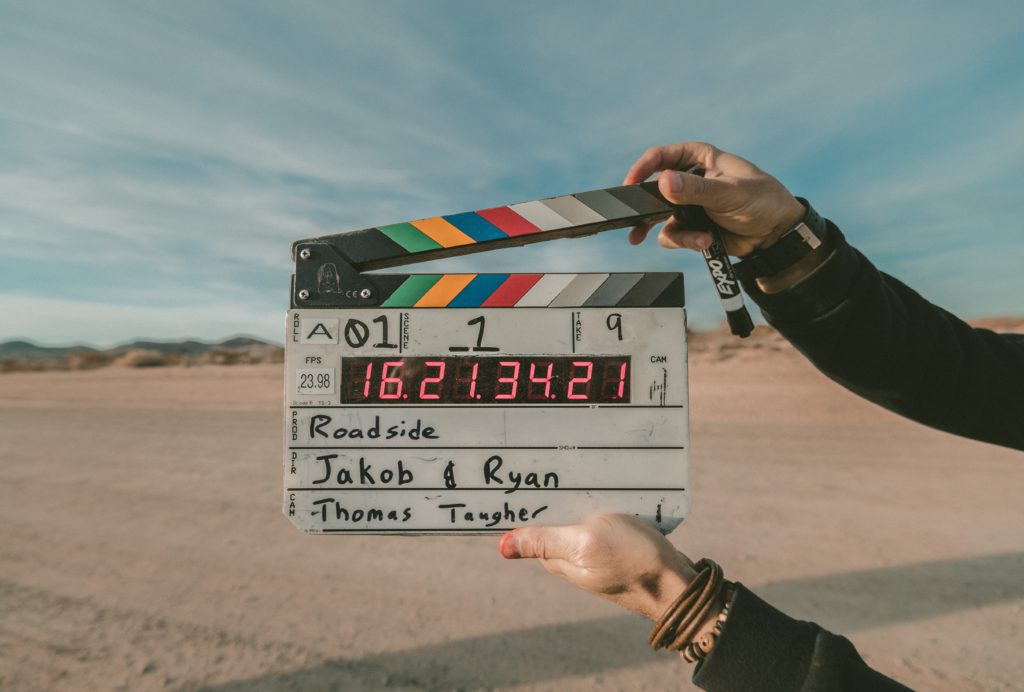
Colour Grading VS Correction
Once your video has been shot and the footage is ready to edit, now you can think about how to work with colour. This type of editing involves enhancing or altering colours to achieve the look you planned for in pre-production. There are two terms used for this kind of editing. They are often used interchangeably but there are some differences between the two:
- Correction: involves adjusting the basic appearance of colour (white balance, exposure, contrast, etc)
- Grading: fine tuning colours and creating a particular look and feel (overall aesthetic)
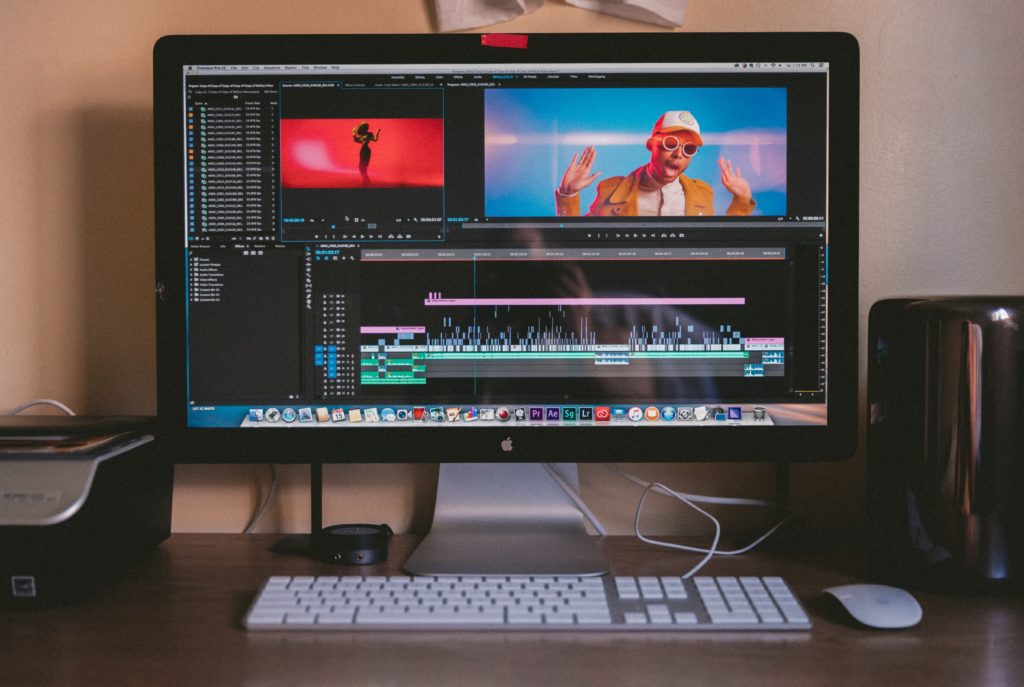
Editing your footage
There are many tools which can help with this process. They may vary depending on which editing software you are using, but there are some similarities. First, have a look at your scopes. Scopes are visual representations of things like exposure, hue and saturation, white balance, colour temperature, and more. If you are not familiar with the various colour scopes, we recommend this article to get a better understanding. The benefit of using editing tools like scopes is you are not relying purely on eyesight and the accuracy of your computer monitor. It provides numerical data of the colour values to help you get the look you are aiming for.
Skin tones
Editing skin tones is one of the most important parts of editing colour. If a presenter’s skin looks unnatural, it will become very distracting for the viewer, and they will likely disregard the video’s message. In situations where you must correct a person’s skin tone, use editing tools such as scopes and HLS Secondary controls. The key is to adjust the skin without affecting the background. You do this by selecting the skin and then concentrating on that area within the frame. If however there are similar colours in the background to the person’s skin tone, you may find it will select those as well. In that case, masks can help to keep the adjustment to the area you want it to be applied.
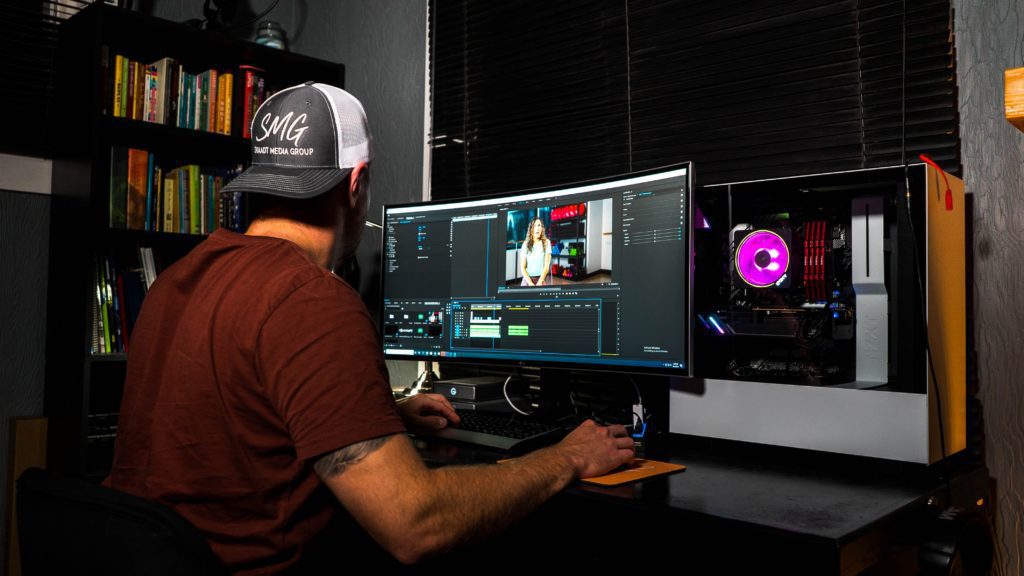
Presets & LUTs
Over the years people have found ways to make editing easier. There are thousands of presets and LUTs available online, both free and paid for, to help you get the right look for your video. LUTs and presets work in a similar way. A LUT is an effect which can be applied to your footage which will adjust the hue, saturation, and brightness. This can be great when trying to establish a cohesive aesthetic throughout your video. The key with LUTs is to find the right one to suit your footage. Some will make your footage have a higher contrast, some lower. There are LUTs which emphasise certain colours and affect the temperature of your video. There is pretty much a LUT for every scenario. These LUTs and presets can help to fast track your editing and get the look you want for your next video.
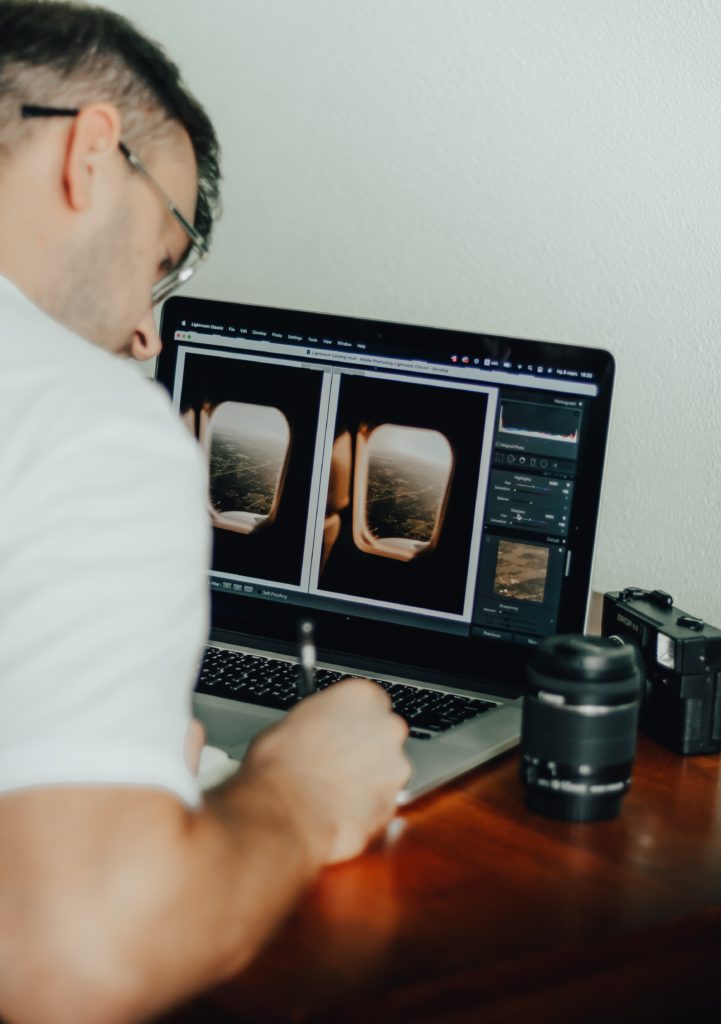
Tops tips
- Think about colour before you shooting your video
- Don’t over do it, often when editing colour less is more
- Use your editing tools, don’t reply purely on eye
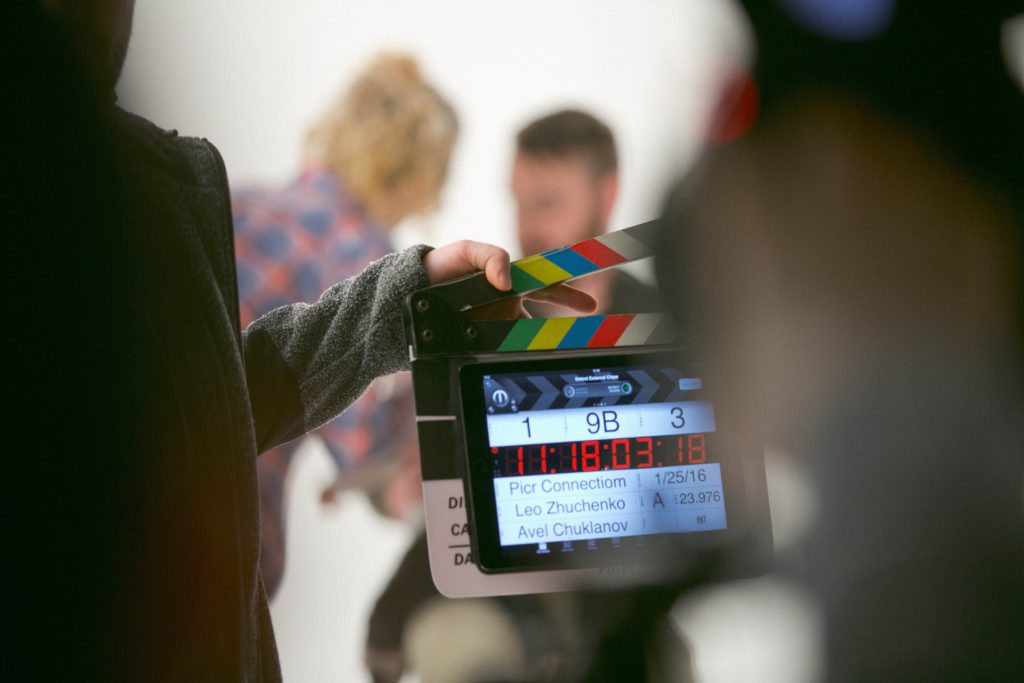
Next Steps
Colour is an important tool in filmmaking. It can give your video a professional feel and be more engaging for viewers. Keep reading for information about Voiceover Recording. Click here to return to the Video Production Process main menu.